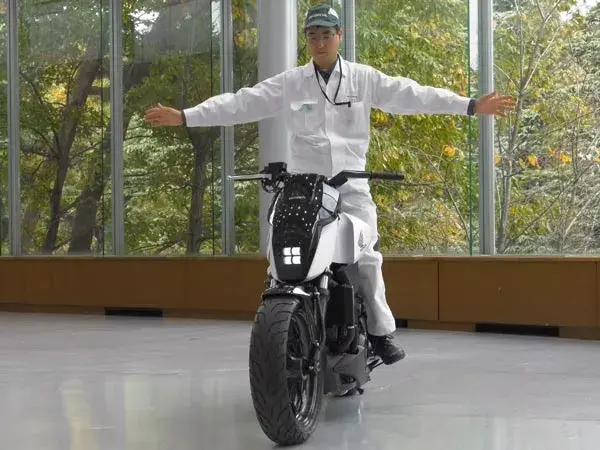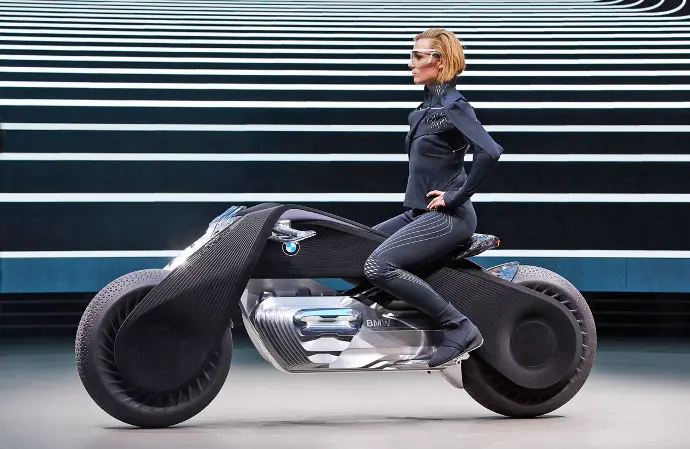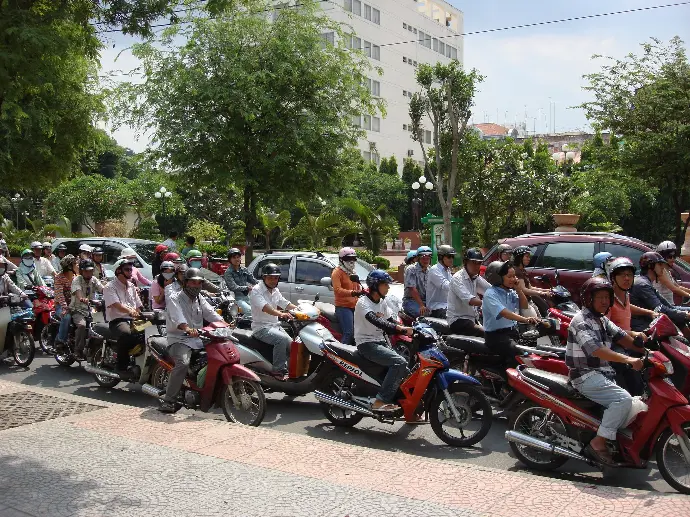Most approach targeting improved stability focus on maximising the traction of the wheels on the ground. This is useful for limiting the forces from the acceleration and deceleration of the vehicles. This approach have a limited ability to reduce fall caused by collisions, low speed and centrifugal forces too high while taking curve. As explained below, the mainstream approach focus exclusively on maximising wheel's traction and the number of wheels.
ABS Brakes
Only limit how hard you can brake to stop the wheel from skidding
Traction Control
Only limit how hard you can accelerate to stop the wheel from skidding.
More Wheels
to increase the chance one of the front wheel have enough traction to maintain the stability.
If your stability is totally dependant on the traction on the ground, there is always a chance a disturbance too high or a bad road surface send you to the ground. For this reason a lot of research have been done to further improve the stability thru the optimisation of the steering geometry and the addition of smart power steering, gyroscope, mass displacement, air jet and reaction wheel. Here is some of theses test.

Honda
used steering geometry and a smart power steering to displace the center of mass a few centimeter sideways.

BMW
released a prototype that seem to displace the center of mass a few centimeter sideways to balance the whole vehicle.

Bosh
Bosh is an expert in traction control and ABS system for motorcycle. They also explored the use of compressed air jet to apply lateral forces .

Harley
Davidson
proposed to use a gyroscope installed in the motorcycle bag to enable the addition to existing motorcycle.

Yamaha
used the displace the center of mass and the inverted pendulum technique to improve the stability
InerScience proposed to combined many of theses ideas with gyroscopic stabilisation in a synergic way to produce a new and improved solutions. The reduction in cost, the retro compatibility and the intuitive use of the system proposed reached the threshold where commercial interest make sense.
Analyzing the anticipated cost and efficacy of stability augmentation technology

Analysis
Even without any traction on the ground, flywheel based gyroscopic stabilisation has the potential to augment the stability at an affordable cost and with an easy application if integrated with our technology. Since we know our life cannot safely depend on the unreliable traction on the ground and the limited forces it can apply to bring back stability, a solution was needed. Our technology based on the use of gyroscopic stabilisation unleash the full potential of narrow and efficient vehicle while being accessible to all.


